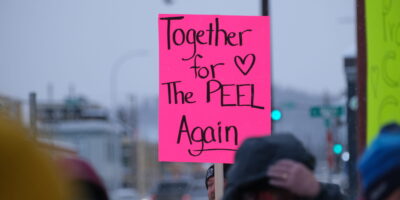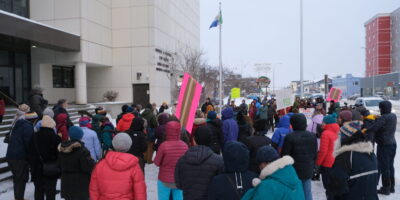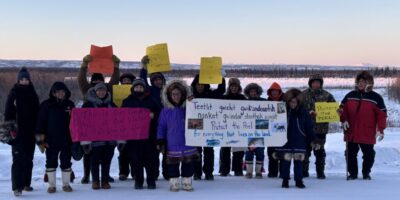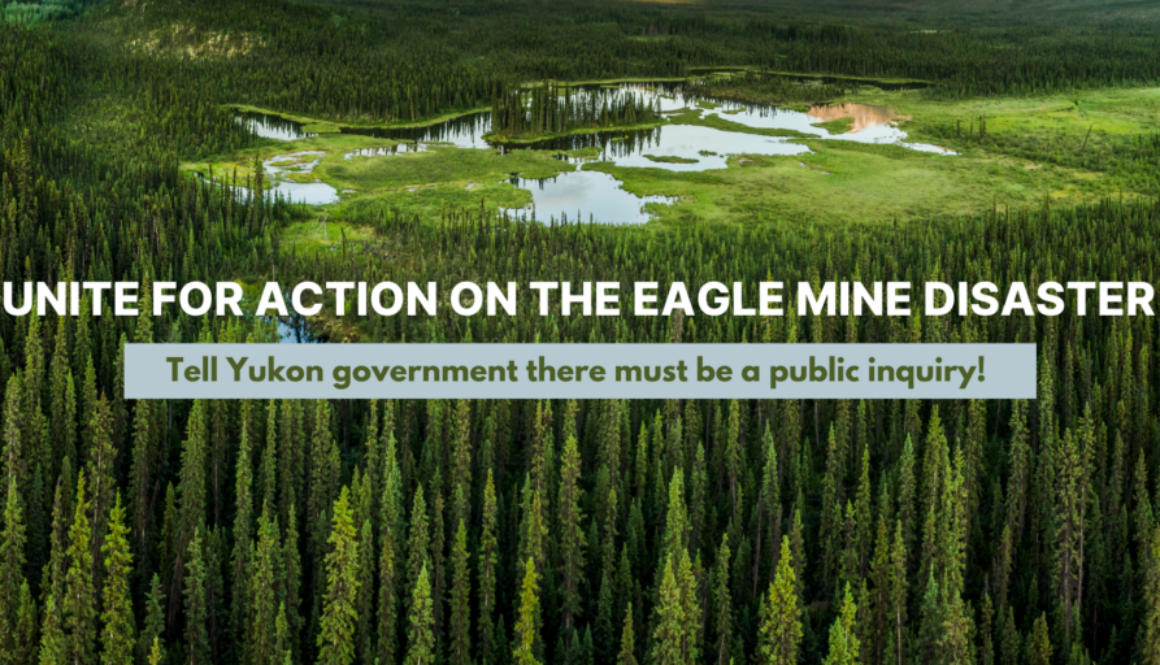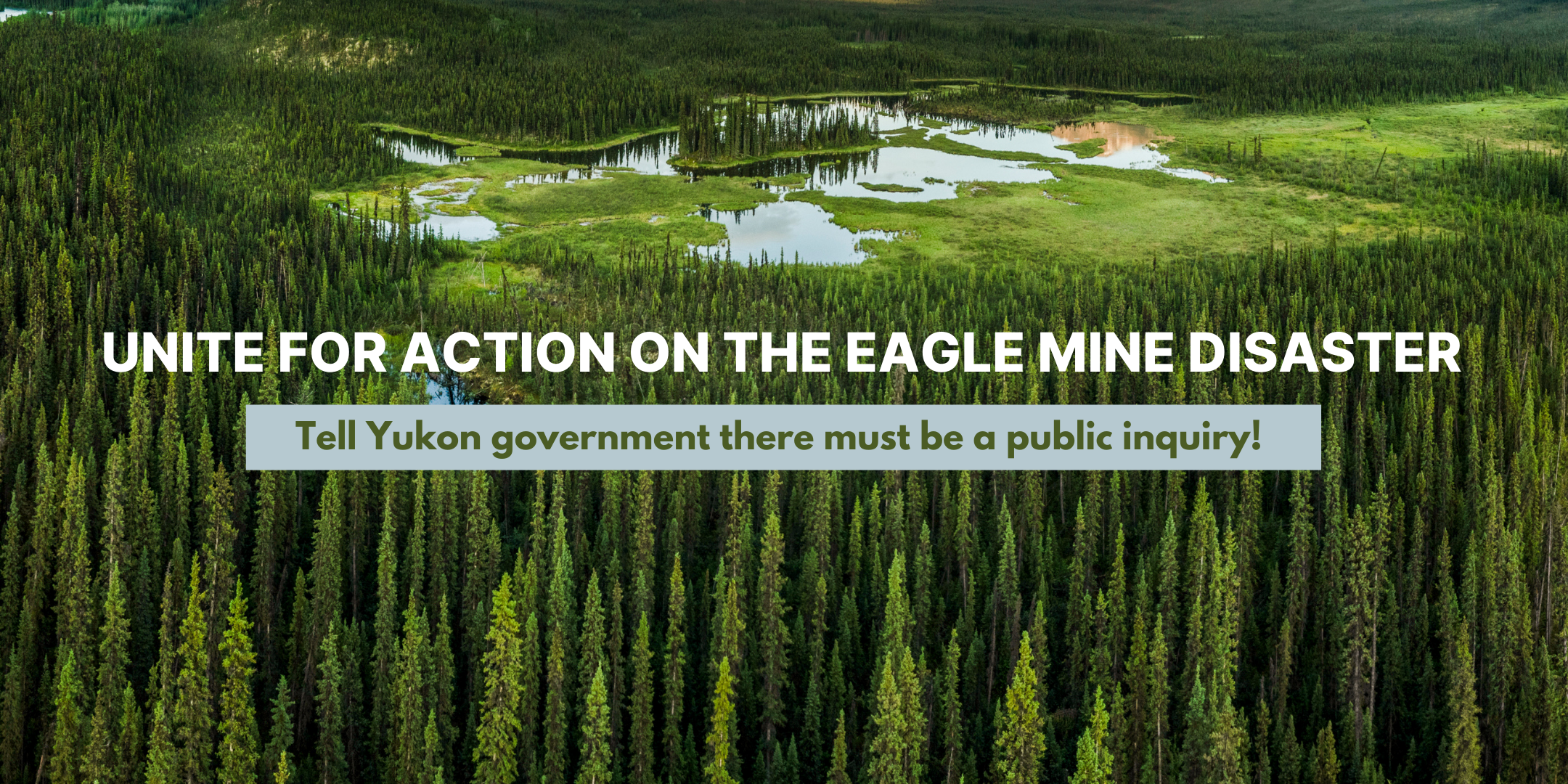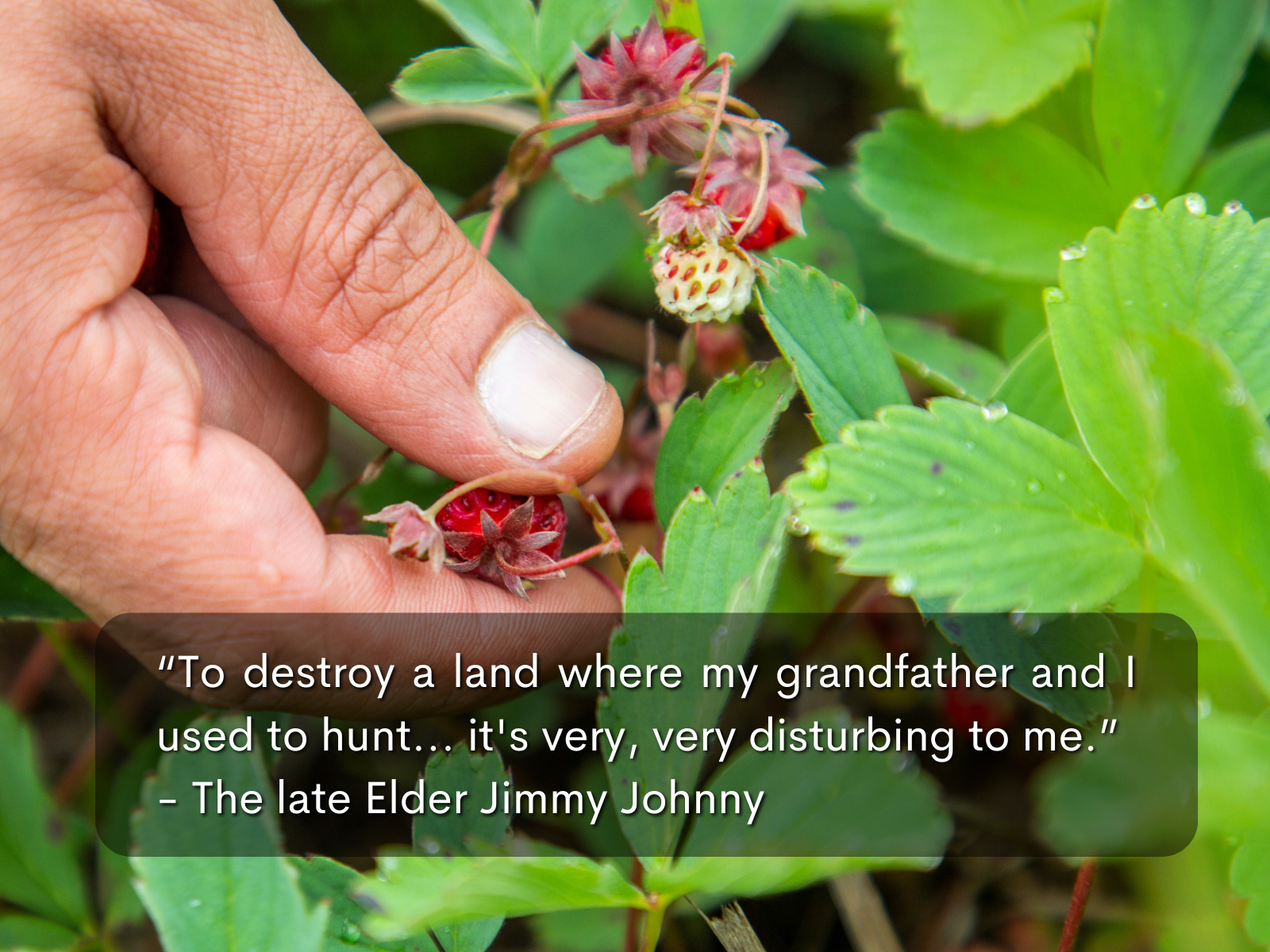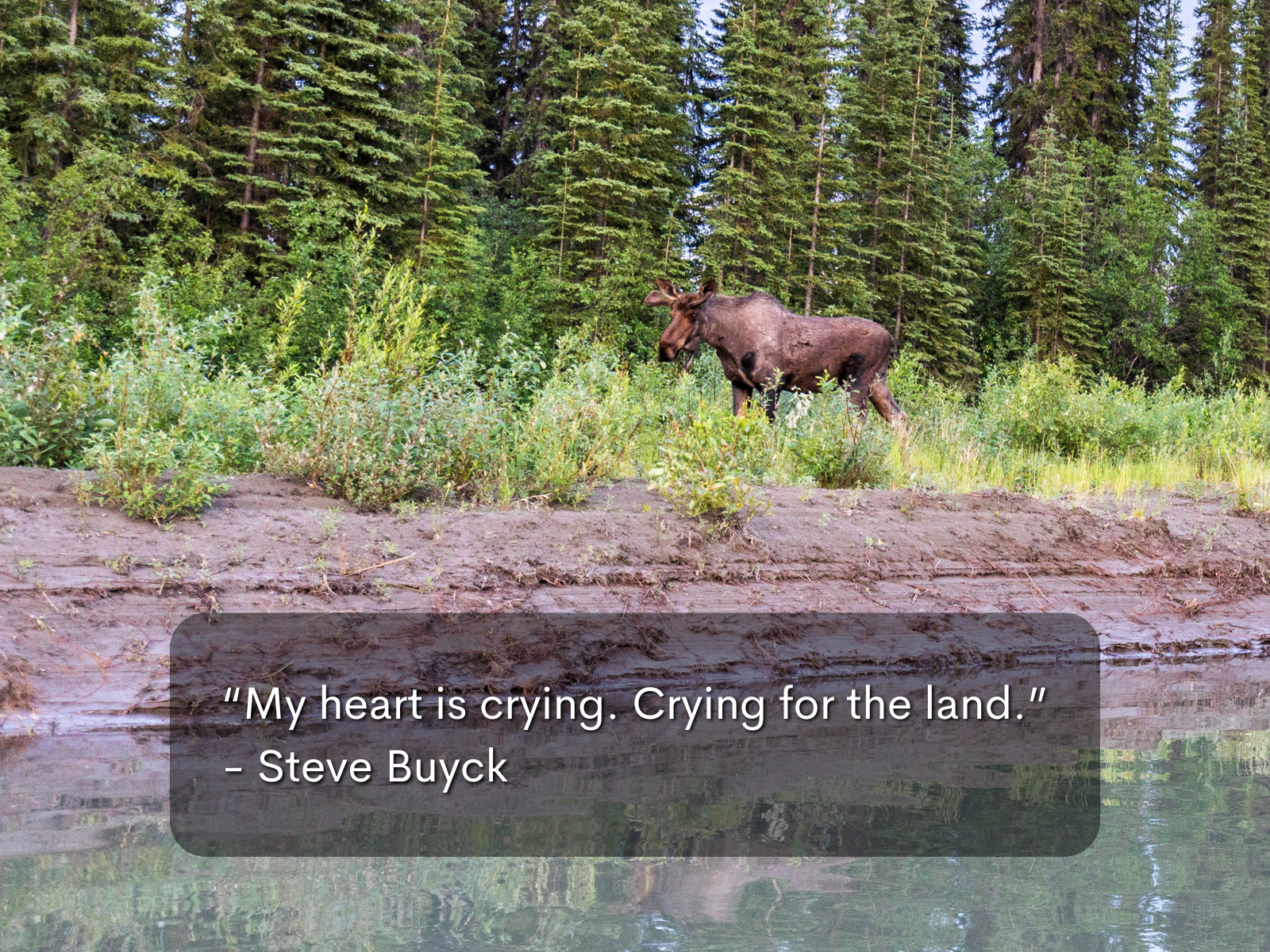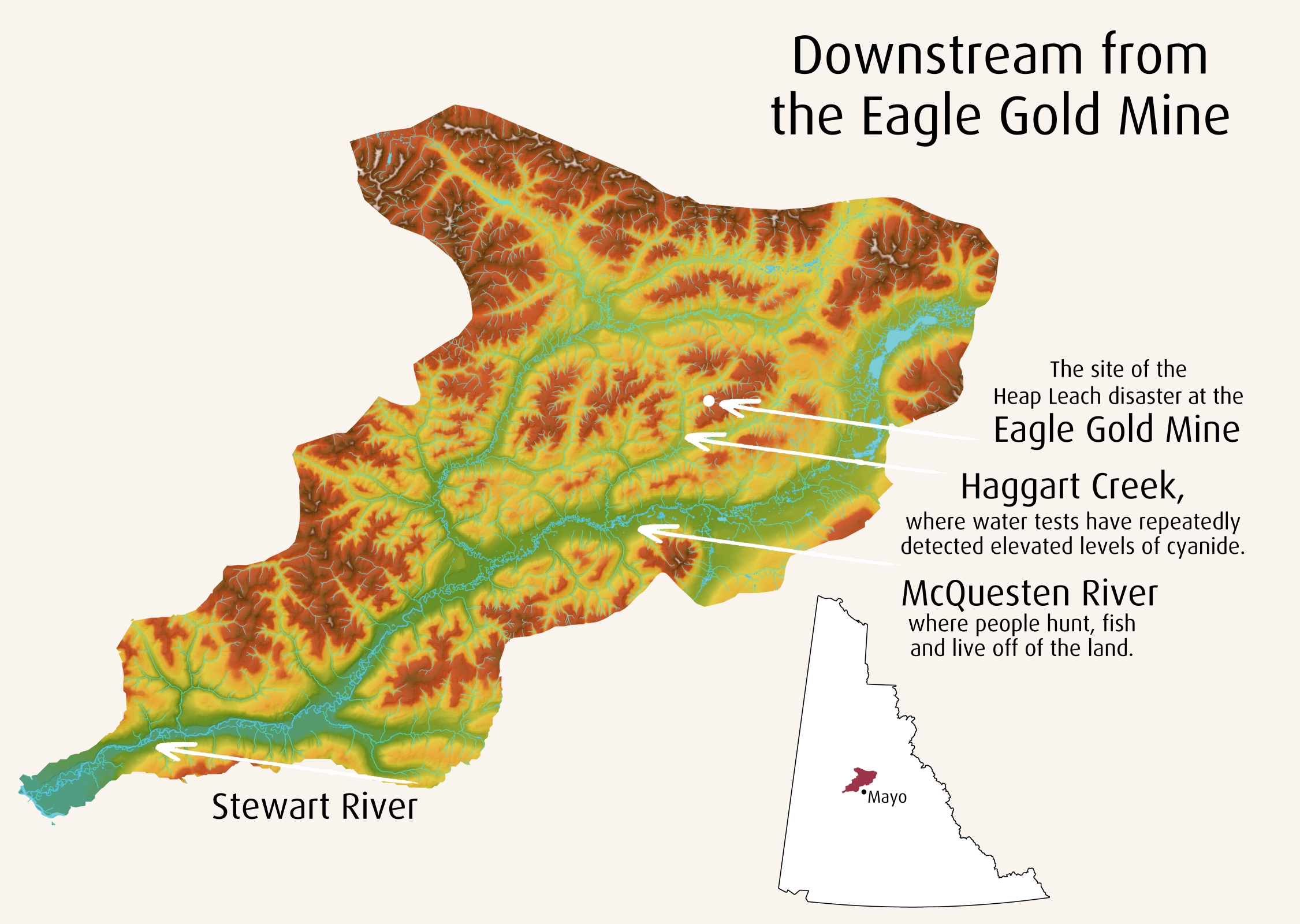Victoria Gold’s response to the heap leach disaster did not inspire confidence that the lands, waters, and people downstream of the heap leach were in good hands. The company failed to communicate openly with Yukoners, the territorial government, and First Nation of Na-Cho Nyäk Dun, who they had an explicit agreement to communicate with. Victoria Gold repeatedly failed to meet deadlines for containing and treating contaminated water, and couldn’t even show significant progress. They also couldn’t show that they had the funds or capacity to properly contain and remediate the disaster. The company was placed into receivership for these and other reasons.
This means that a court, after hearing evidence from the Yukon government and First Nation of Na-Cho Nyäk Dun, appointed a third party, PricewaterhouseCoopers, to administer the assets and liabilities formerly under the control of Victoria Gold at the direction of the Yukon government. This allows the Yukon government and First Nation of Na-Cho Nyäk Dun to make more collaborative decisions and plans. The receivership also made sure that the disaster response was getting the resources it needed, and that the response was much more transparent.
While some have argued that the site should have been left in Victoria Gold’s hands and the company given a chance to find financing, this would be a very risky approach, especially given the territory’s checkered history with failed mines. In the past, the government often waited too long to step in while failing companies allowed environmental risks and costs to escalate at soon-to-be abandoned mine sites.


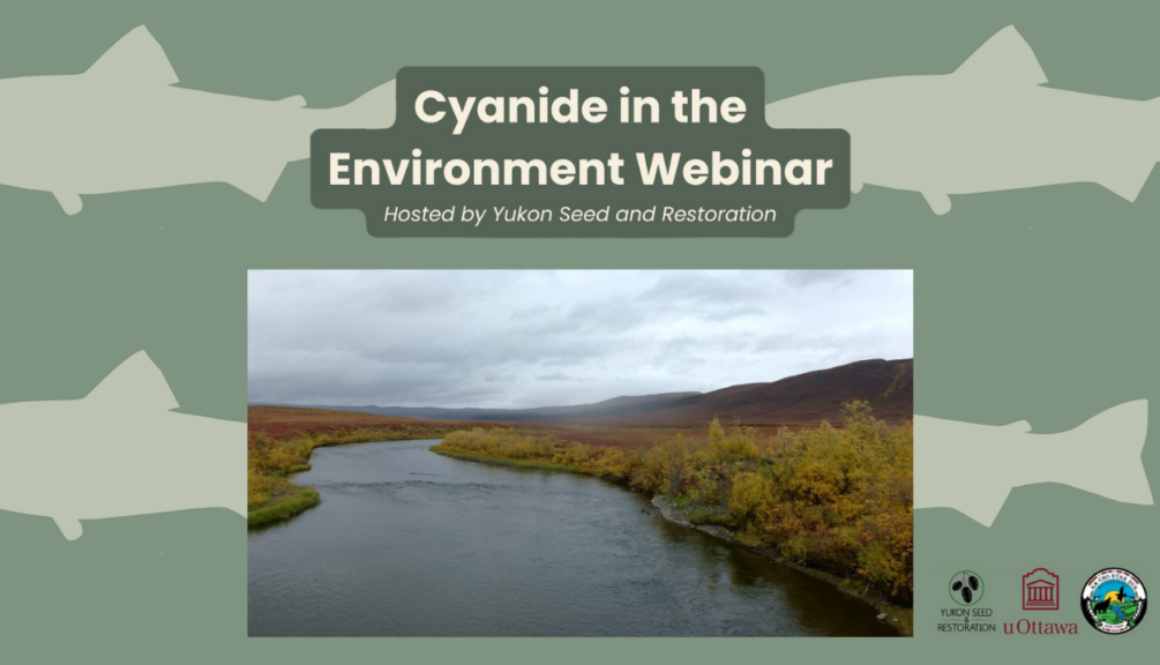
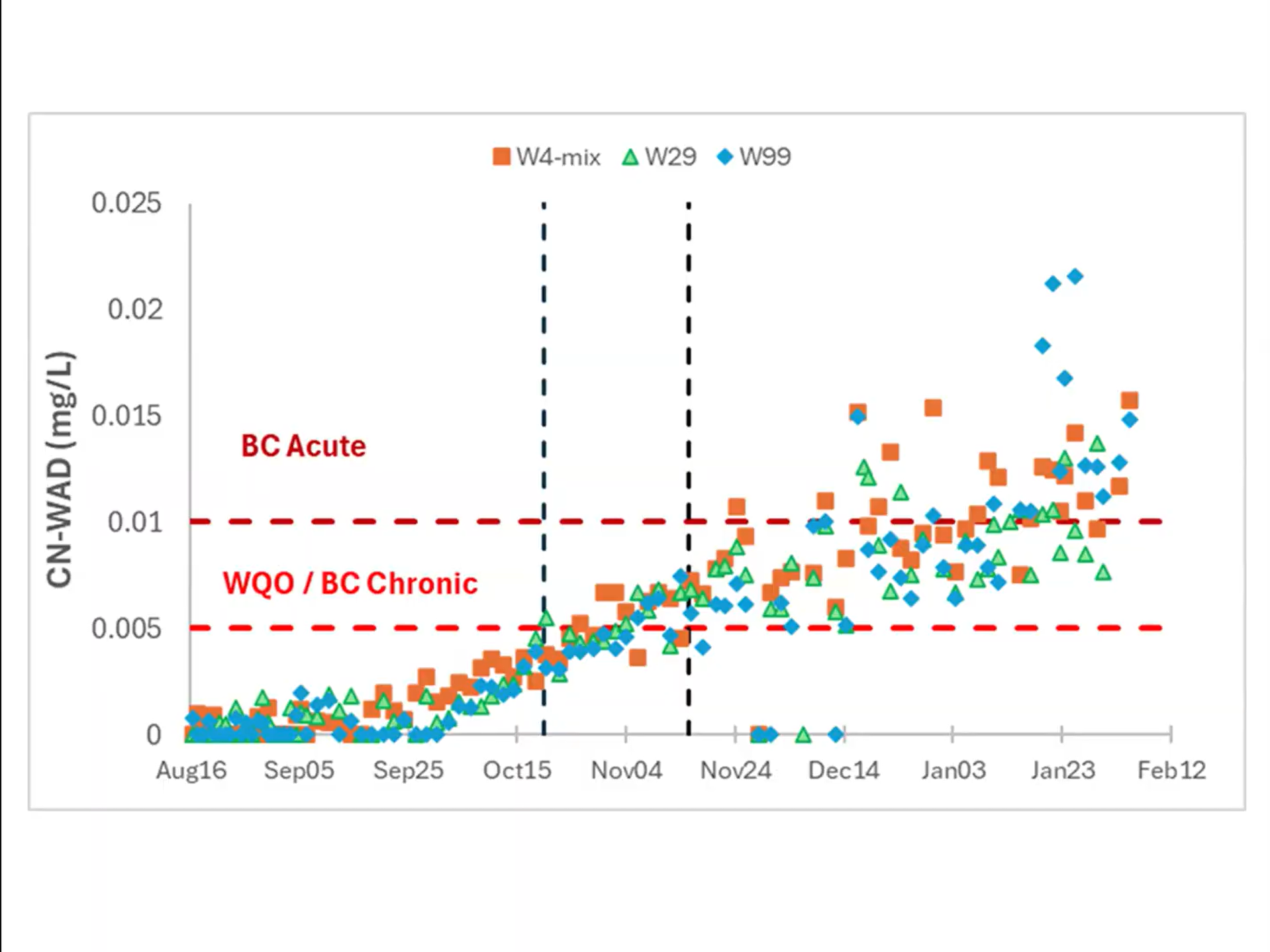
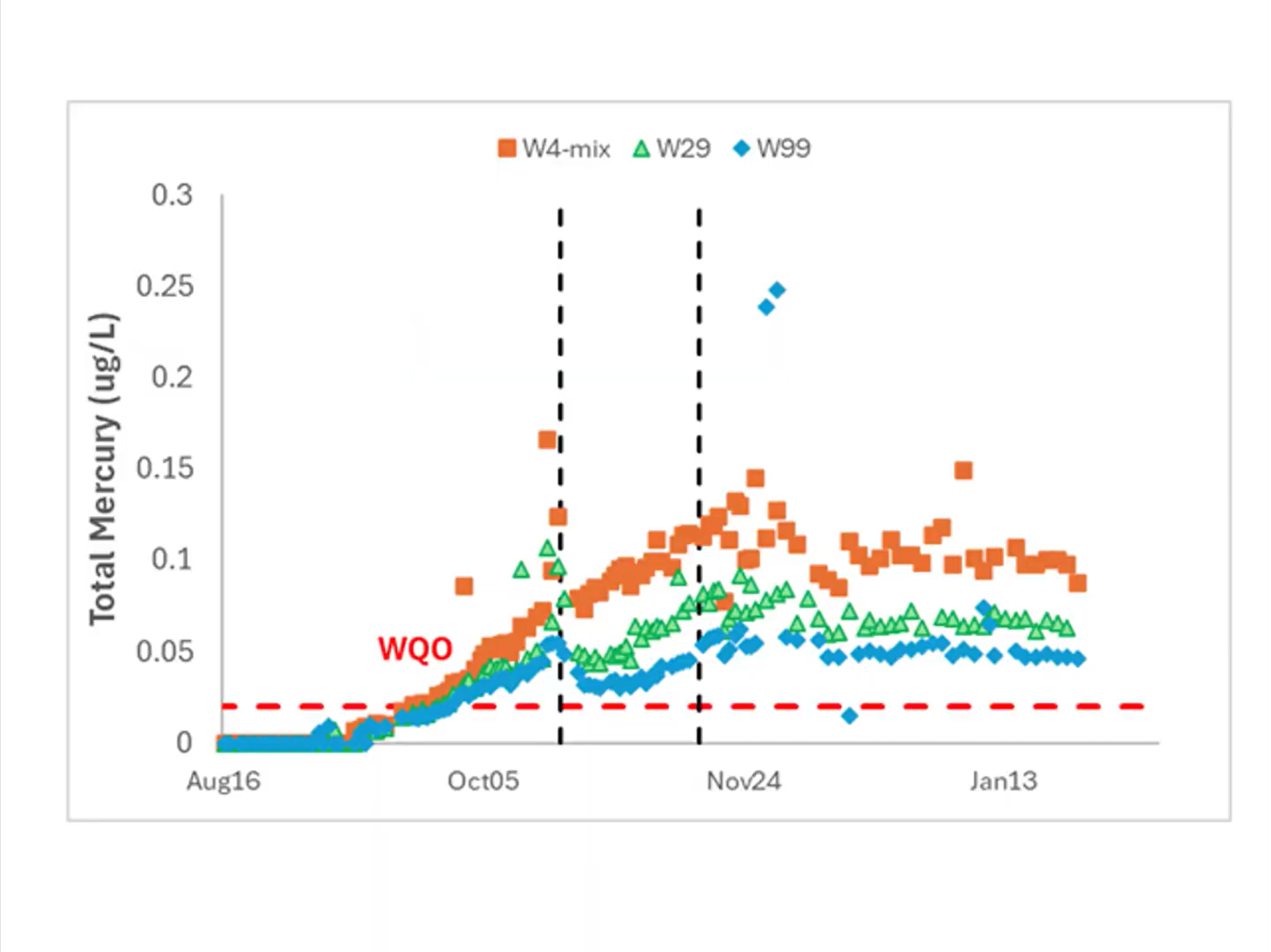
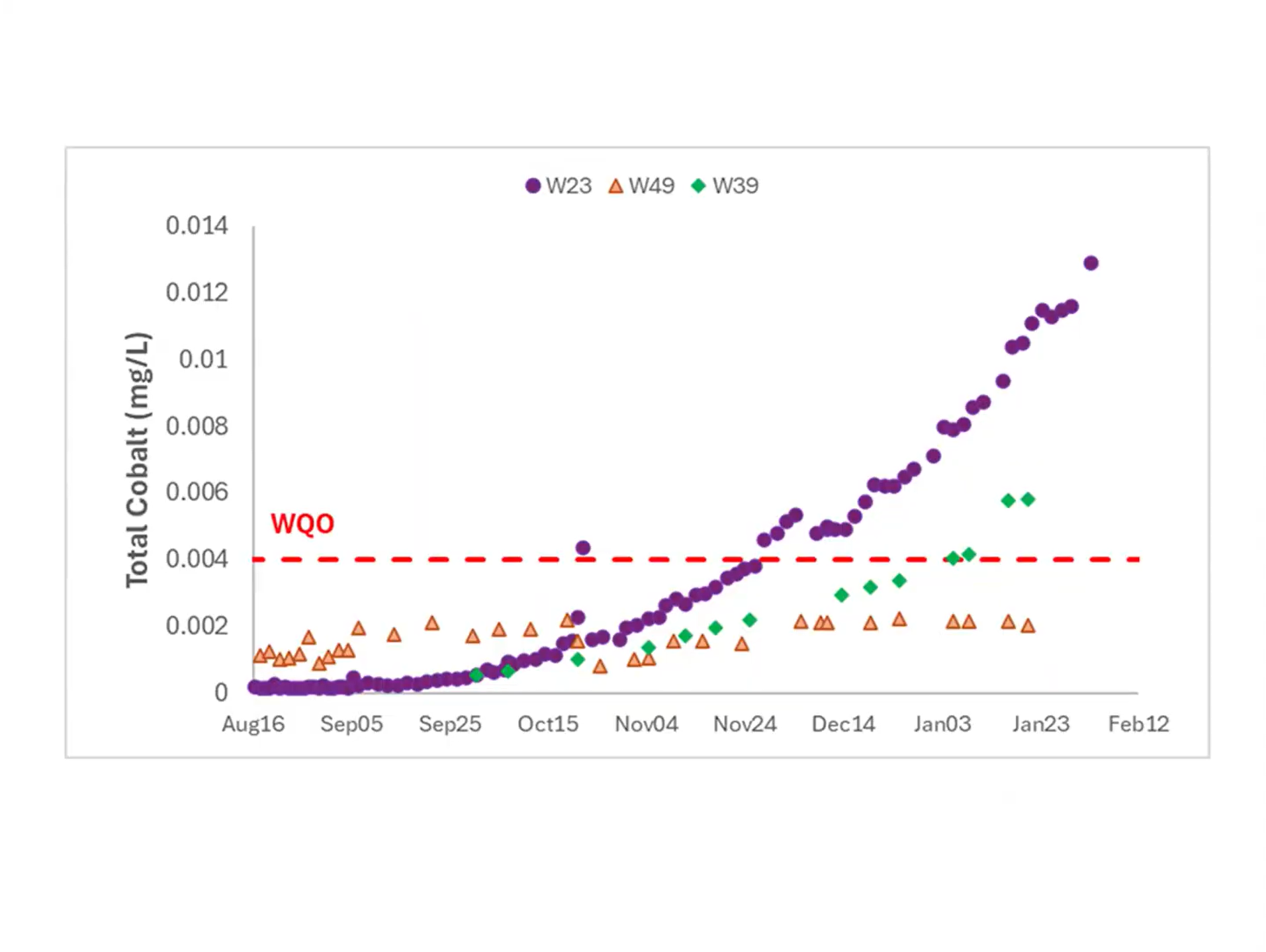



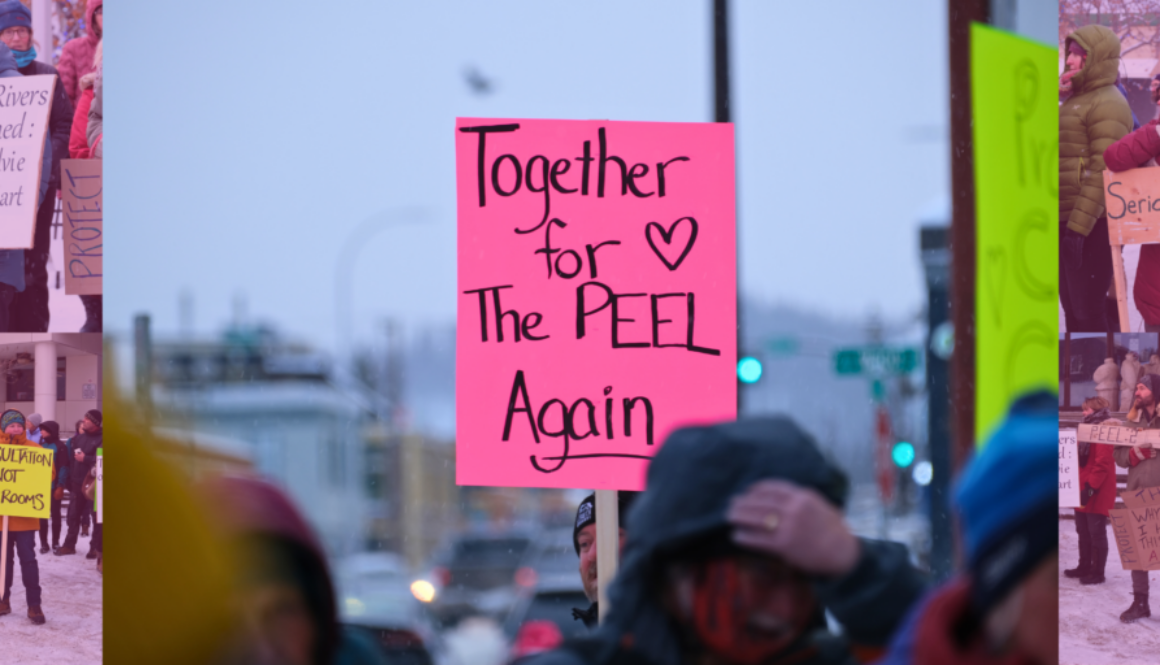
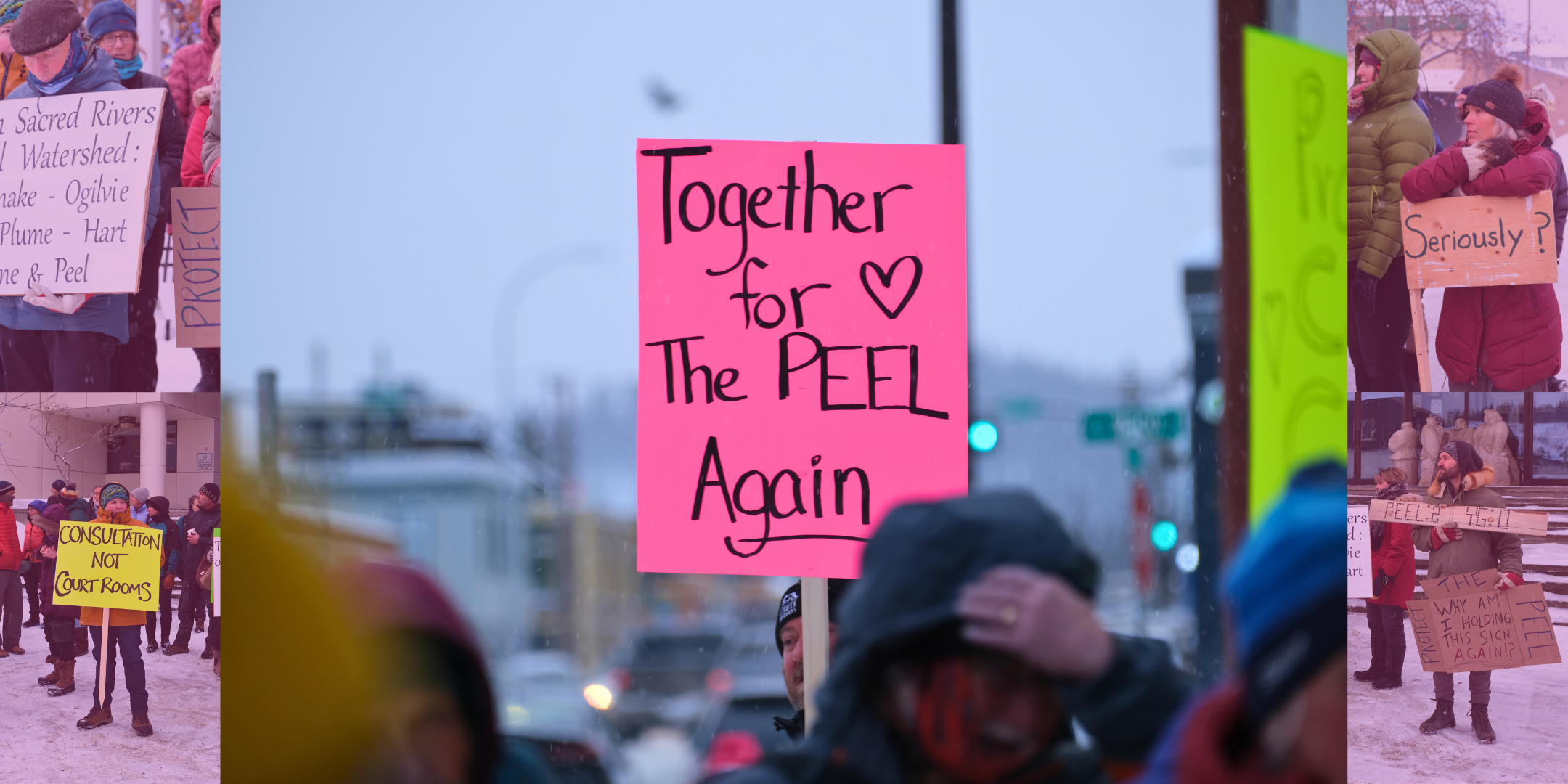
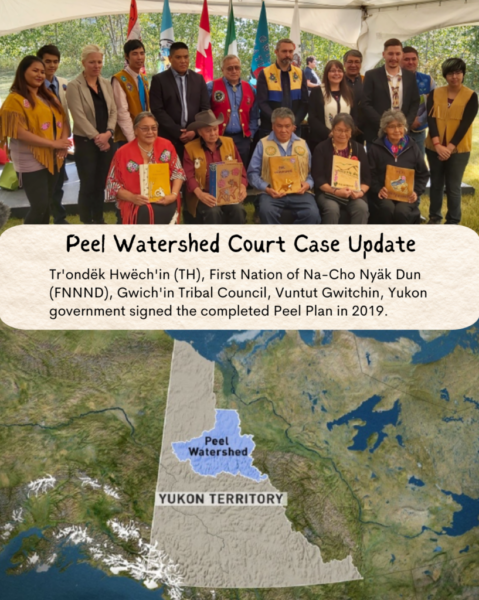
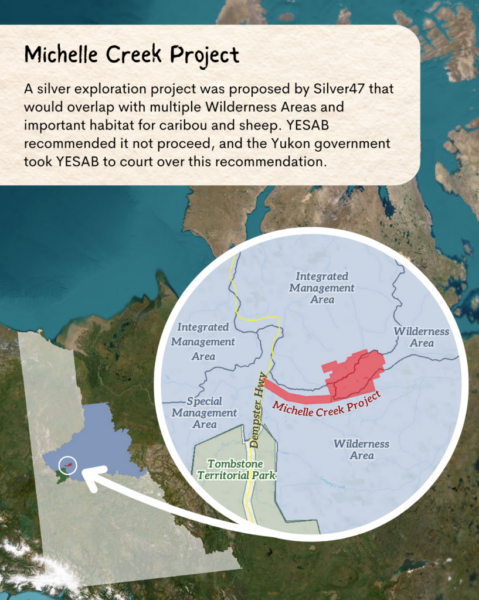
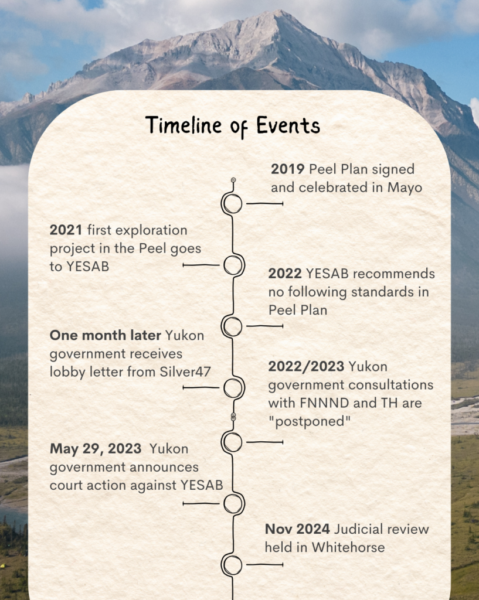
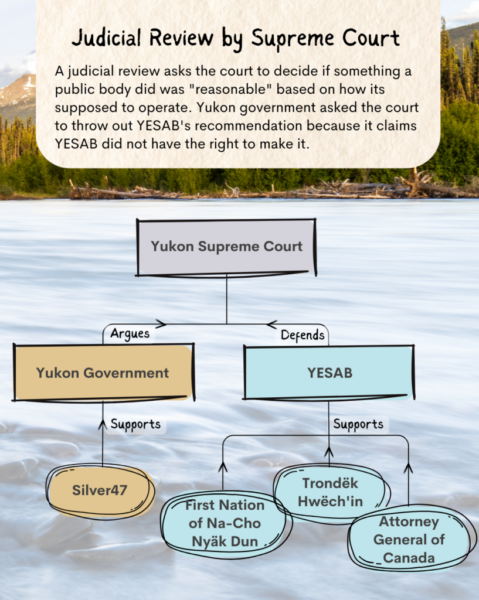
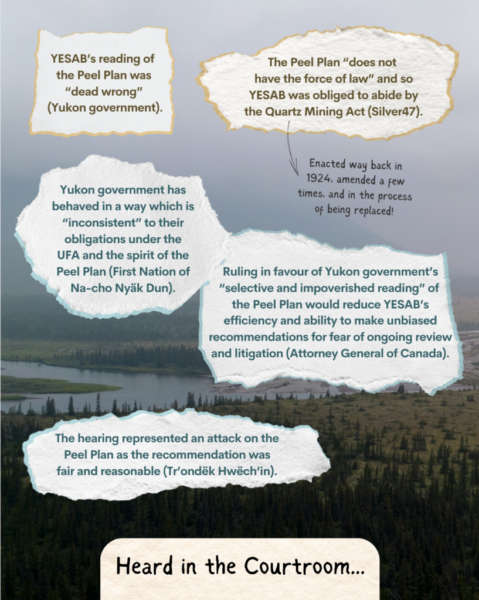
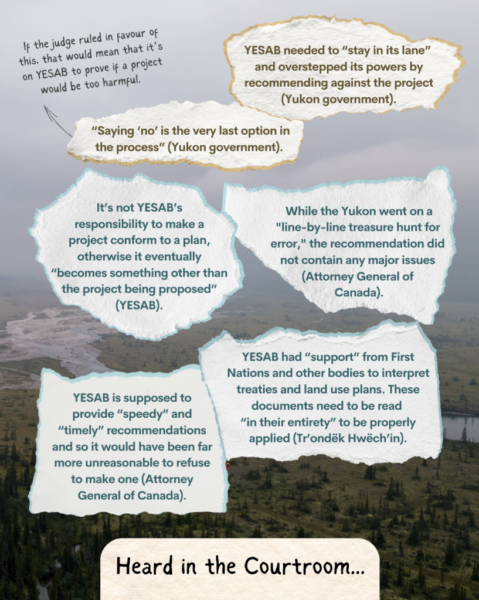
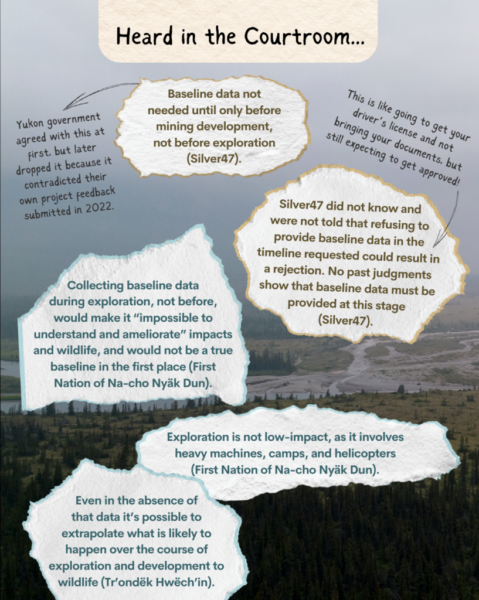
![Heard in the Courtroom... Consultation was at the “lowest” level of priority, and not needed until only before mining development, not exploration in any case (Yukon government). If this is how the Peel Plan is to be interpreted and applied in the future, it represents “something much less than [we] bargained for” (Tr’ondëk Hwëch’in). The judicial review itself represents a “failure of reconciliation” (First Nation of Na-cho Nyäk Dun). Lawyers cited numerous legal cases which suggested the precedent that provincial and territorial governments do have a treaty obligation to consult before doing something like this (First Nation of Na-cho Nyäk Dun). Note ruling is expected relatively soon, around Feb 2025; stay tuned for more updates! Heard in the Courtroom... Consultation was at the “lowest” level of priority, and not needed until only before mining development, not exploration in any case (Yukon government). If this is how the Peel Plan is to be interpreted and applied in the future, it represents “something much less than [we] bargained for” (Tr’ondëk Hwëch’in). The judicial review itself represents a “failure of reconciliation” (First Nation of Na-cho Nyäk Dun). Lawyers cited numerous legal cases which suggested the precedent that provincial and territorial governments do have a treaty obligation to consult before doing something like this (First Nation of Na-cho Nyäk Dun). Note ruling is expected relatively soon, around Feb 2025; stay tuned for more updates!](https://cpawsyukon.org/wp-content/uploads/2025/03/Michelle-Creek-Court-Case-Update-8-819x1024-479x600.png)

